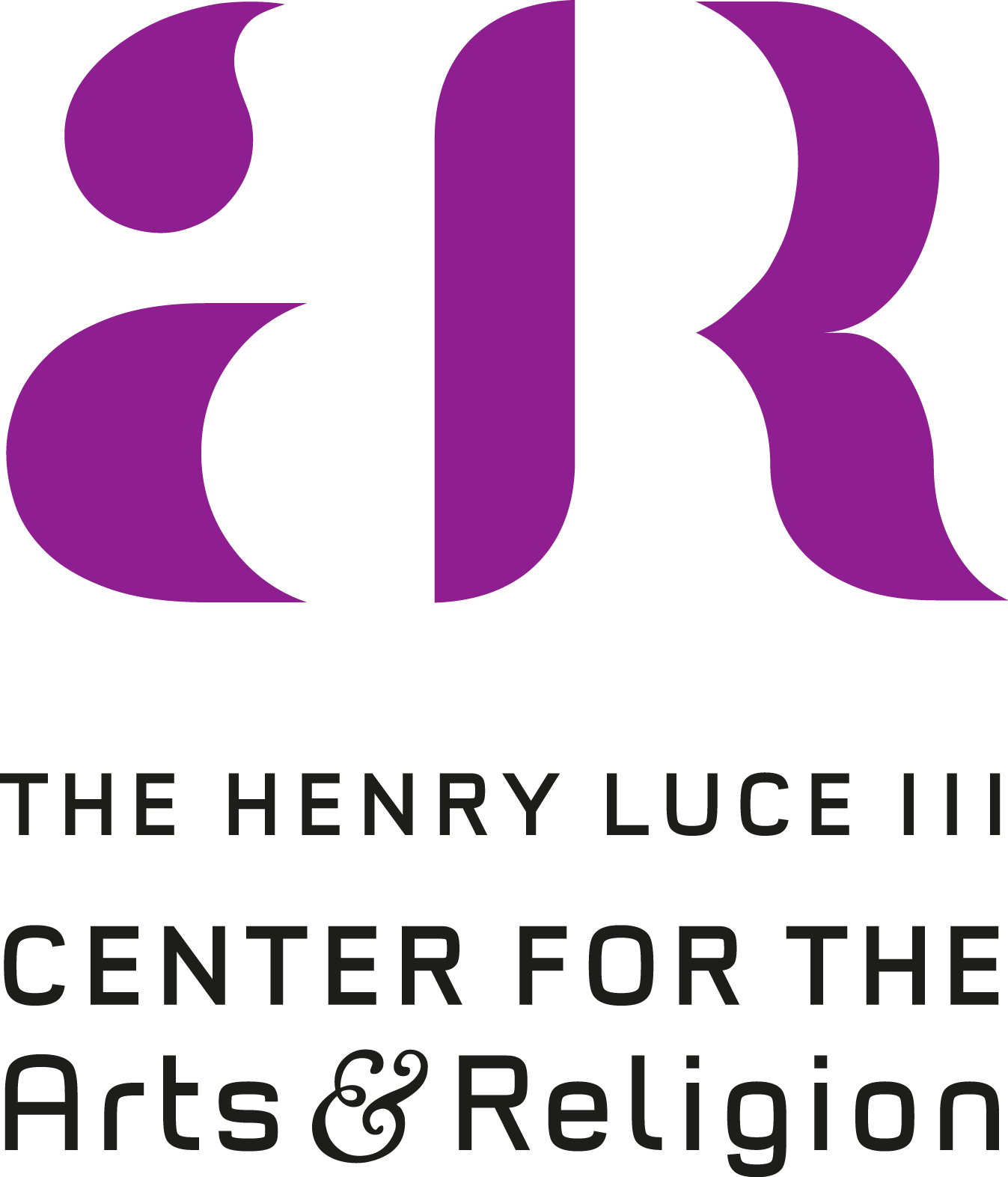Connie Chen
Qi, 2017
16 x 20”
Dr. Ph Martin Bleedproof White Ink, Gillott 303 nib, custom oblique penholder
Unlike most of the artists in this exhibit, Connie Chen trained in the pointed-pen tradition of English and American lettering—the ‘writing masters’ of the eighteenth and nineteenth centuries who gave us scripts such as roundhand, engrosser’s script, and Spencerian. While the broad-edge nib creates contrasting thicks and thins by moving in different directions, the pointed pen does so through the use of pressure: as the scribe pushes down, the nib spreads out and creates wider lines. Much of the aesthetic (and the difficulty) of these scripts lie in learning to apply and remove pressure fluidly, so the line of writing widens and narrows with grace. In Chen’s calligraphic image of verses from Genesis 1, she brings out the potential of her chosen tool to shape words into images—and even into a word from a different language.
In several places in her piece, Chen evokes the shapes and textures of the included verses of Genesis 1:
In the beginning God created the Heaven and the Earth and the Earth was without form and void. Darkness was upon the face of the deep. (1:1–2a) Let there be a firmament in the midst of the waters. And let it divide the waters from the waters. (1:6) God called the firmament Heaven, (1:8a) and God called the dry land Earth. (1:10a) And God said, “Behold, I have given every herb bearing seed, which is upon the face of the earth, and every tree in the which is the fruit of a tree yielding seed, to you it shall be meat.” (1:29)
The word “God,” unsurprisingly at top, flows with flourish. Below it, both evocations of “Earth” include deliberately ungraceful lines, which suggest the roughness of dirt. (The same goes for the “Dry” and “Earth” at bottom right.) Similarly, the capital ‘F’ of “Form” sports an ungainly, wobbly top. The letter itself seems to lack its form, just like the earth at this point in creation. Chen saves her most elegant flourishes for “WATERS,” fully in capital letters, which flow in cursive downwards like a waterfall. A last detail: at bottom, the serif in “Seed” looks like a small seed.
The arrangement of these words makes another word: the Chinese character 氣 (qi), which means “breath.” Chinese characters are often pictograms illustrating their meaning, and Chen chose this one because it represents heaven and earth (at top), the air between them (at middle), and the food which supports the breath of life (at bottom). The two ‘dots’ of the Chinese character, on closer view, reveal themselves to be birds. I see these as the birds which Noah sent from his boat to find land—to find life. Chen may also be evoking the wind over the face of the waters (Genesis 1:3), in Hebrew ruah, which in Christian tradition is often taken to be the spirit—the Holy Spirit.
Donald Jackson, the calligraphic artist who spearheaded The Saint John’s Bible, proclaims that one can see the heartbeat and breath of the scribe in their work. Chen’s piece proves this. In her pen’s rhythm of pressure and release, we see the rhythm of inhale and exale, the breath of Chen’s own spirit.
—Homrighausen



